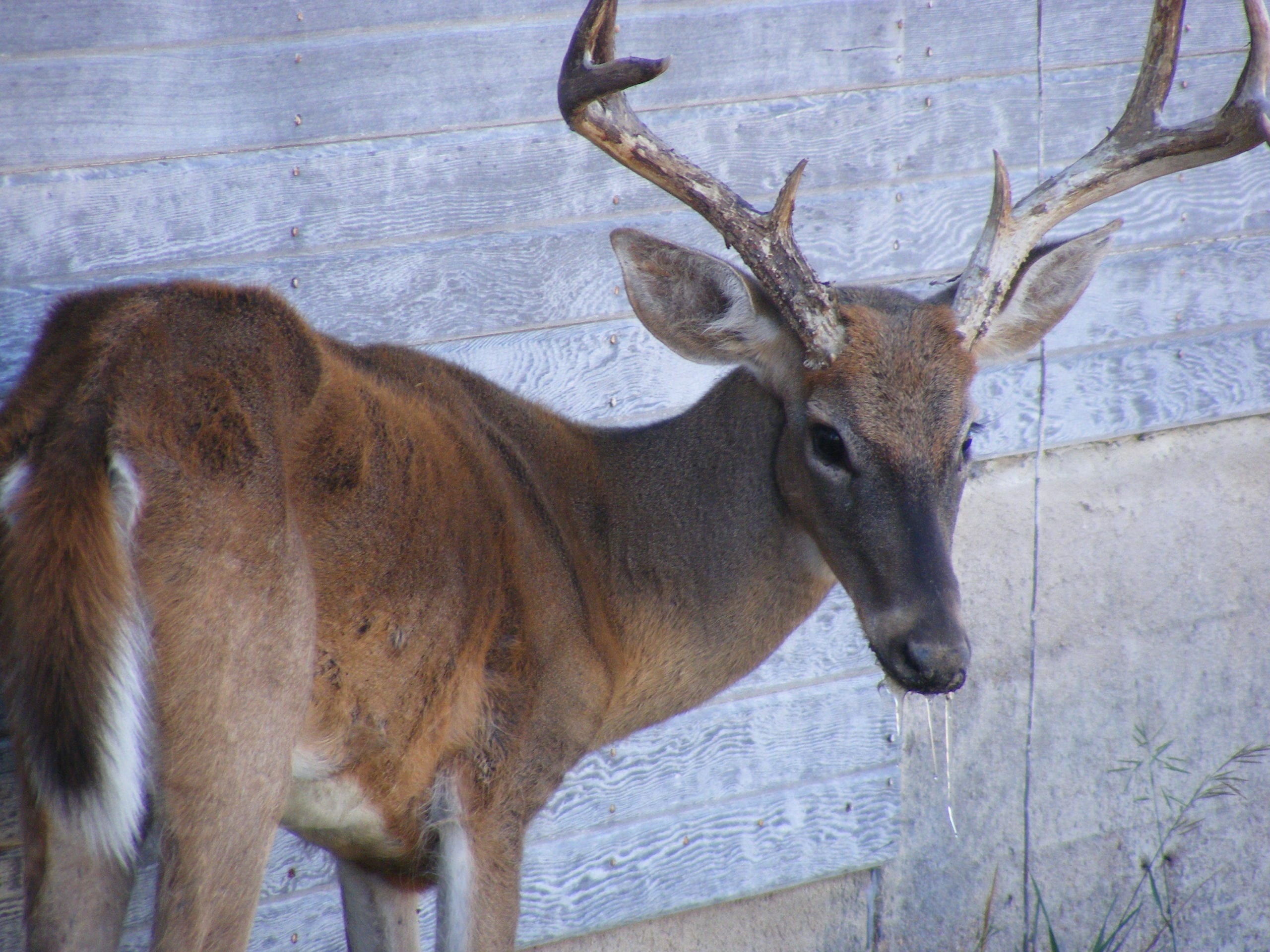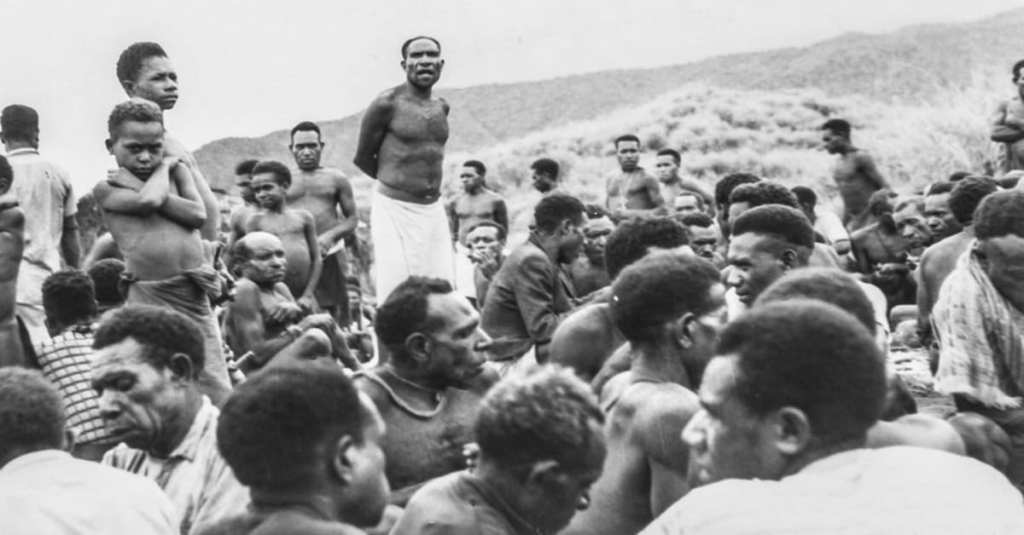Well, another group of medical researchers solved the mystery some years later when they discovered little things called prions (yes, the same little nasties that cause mad cow disease and a few other degenerative diseases).
Prions are twisted, broken proteins that trick the proteins in healthy brains into mimicking them.
Eventually that leaves healthy brain tissue with enough “misfolds” to kill pockets of nerve cells, literally riddling the organ with holes. Basically, it recodes your brain’s own proteins so they no longer work.
The epidemic of kuru likely began when one person (whose brain was later consumed) developed Creutzfeldt-Jakob Disease, a degenerative neural disease that affects around 450 people each year in the US. The difference between modern America and the mid-20th century Fore is that, the majority of the time, no one here comes into contact with the infected brain matter.
What’s really creepy about these prions is how long they can “live” in a person’s system without killing them (new zombie show, anyone?). Even though the Fore stopped the practice of mortuary feasts more than 50 years ago (because of Lindenbaum’s work), the last documented case of kuru surfaced in 2009. Since then, the epidemic has been officially declared closed.
But that’s not the end of the story. If we can contract prion diseases from eating the brains of people and cows, are there other animals who might be affected? And what if we are unknowingly consuming meat from those affected animals?

Photo Credit: TPWD
Well, Dr. Ermias Belay – who researches prion diseases at the CDC – has some thoughts, specifically about a prion disease currently killing off wild deer and elk:
“Chronic wasting disease in North America is spreading fast…in early 2000 we had about three states that reported CWD in the wild deer and elk. Today, that number is 21.”
Unlike kuru and mad cow, where the prions showed up only in brain tissue, there is evidence that CWD alters proteins all over the body. That means coming in contact with saliva, feces, urine, and perhaps even edible meats might transfer the disease to humans like it does to other deer.
The CDC is working with public health authorities in Wyoming and Colorado to monitor hunters for signs of the prion disease, but there are problems there, too. Belay explains:
“Unfortunately, because these diseases have long incubation periods, it’s not easy to monitor transmissions.”
It’s good news that no protein “misfolds” have been found in hunters just yet, but, as with kuru, the disease could take years to show up and even longer to die out. It basically turns mammals into zombies – infected and dying slow deaths, able to pass along the disease to anyone coming along to feast after they’re gone.






